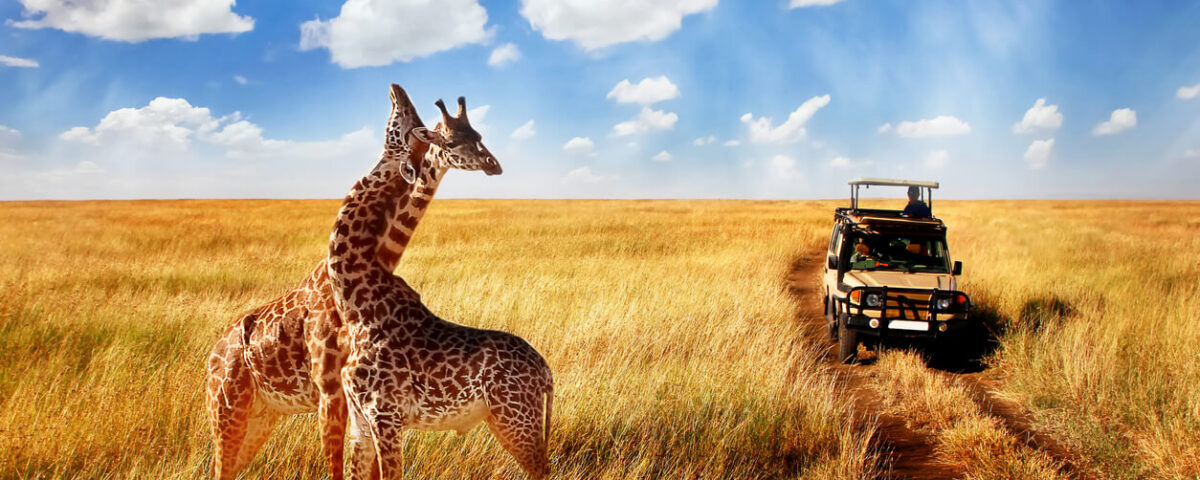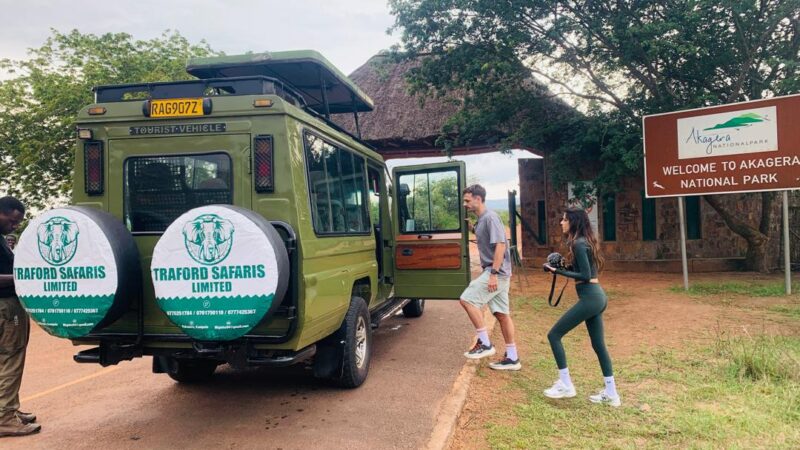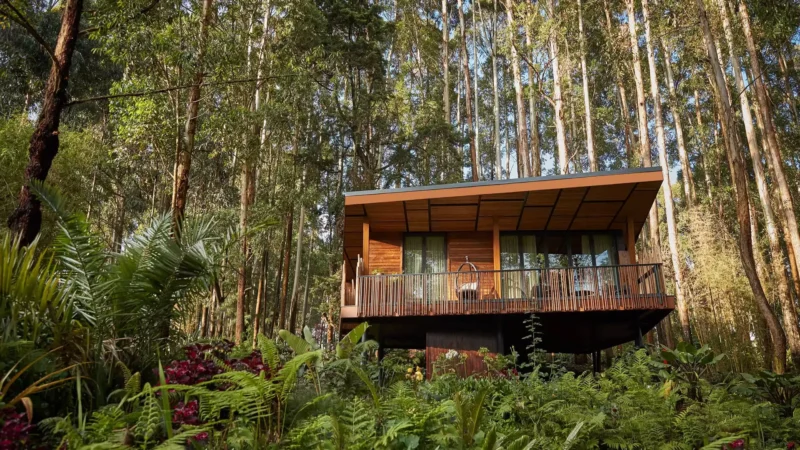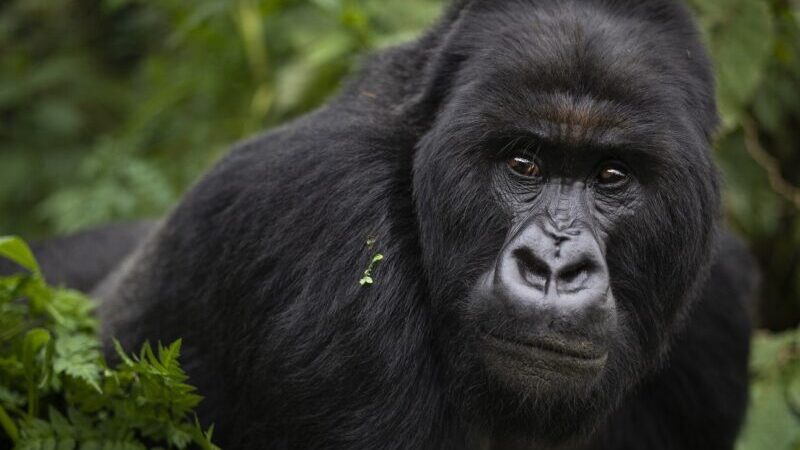
Tanzania Safari Visa and Entry Requirements: A 2025 Guide
April 22, 2025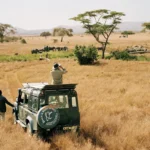
A Day in the Life of a Safari Guide
April 23, 2025Best Time to Visit Tanzania: Safari Seasons Explained
Tanzania is a dream destination for wildlife lovers, nature photographers, and adventure seekers. From the vast plains of the Serengeti to the unique ecosystem of the Ngorongoro Crater, Tanzania offers some of the most iconic safari experiences on the African continent. But to get the most out of your visit, timing is everything.
In this guide, we at Traford Safaris Ltd break down the safari seasons in Tanzania, helping you choose the perfect time for your once-in-a-lifetime journey.
Understanding Tanzania’s Climate and Safari Seasons
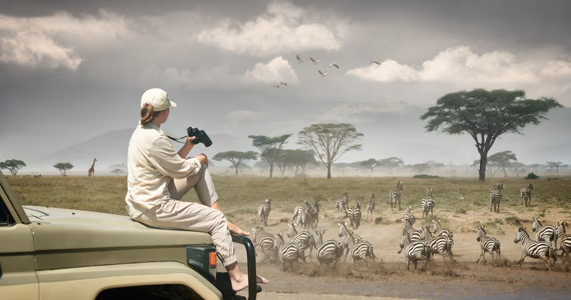
Tanzania’s climate can be divided into two main seasons: the dry season and the wet (or green) season. Each of these comes with its own unique benefits and challenges for travelers. These weather patterns influence everything from wildlife behavior to road conditions, and even the availability of lodges in certain remote parks.
Dry Season (June to October): The Classic Safari Window
The dry season in Tanzania runs from June through October, and it is widely considered the best time for traditional game viewing. This is the time when the vegetation is thin, making animals easier to spot as they gather around the few remaining water sources.
Why the Dry Season Is Ideal:
-
Clear skies and sunny days make for great photography conditions.
-
Wildlife concentrations increase near rivers, lakes, and waterholes.
-
The Serengeti ecosystem is particularly vibrant during this time, offering an exceptional chance to see predators in action.
-
Parks like Tarangire National Park experience massive elephant migrations, offering stunning herd visuals.
However, with high quality comes high demand. Lodges and camps are typically booked months in advance, and safari costs may be higher due to peak season rates. But for those looking for a picture-perfect African safari, this season rarely disappoints.
The Great Wildebeest Migration: A Seasonal Marvel
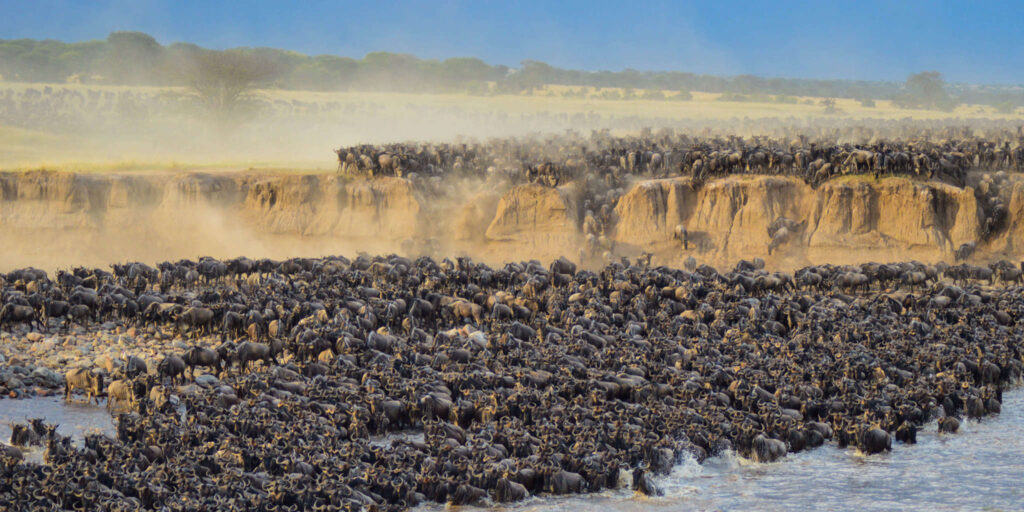
Perhaps the most famous wildlife event in Africa, the Great Wildebeest Migration, is best witnessed during this dry season—especially from July to September, when the herds cross the treacherous Mara River in northern Serengeti. These crossings are dramatic, chaotic, and full of tension as crocodiles lie in wait and predators circle the herds.
For photographers and nature enthusiasts, this is one of the most emotionally charged experiences nature has to offer. Watching thousands of wildebeests and zebras thunder across the landscape is a memory you’ll carry forever.
Short Rains Season (November – December): The Green Awakening
Tanzania experiences short rains between November and early December. These rains are usually brief and occur in the late afternoon or evening, leaving most of the day open for safari adventures. While many may hesitate to travel during the rains, this season offers several advantages that savvy travelers often capitalize on.
Advantages of Visiting During the Short Rains:
-
Fewer tourists mean more intimate game drives and lower prices.
-
The landscape becomes lush and green, enhancing the beauty of the scenery.
-
Birdwatching is at its best, as migratory species from Europe and Asia arrive.
-
Game viewing in parks like Tarangire, Ruaha, and Selous remains productive.
Although you may need to deal with some muddy trails, most parks are still accessible and operational. This is a great time for photographers seeking unique compositions and vivid landscapes.
Calving Season in the Serengeti (January – February): A Predator’s Paradise
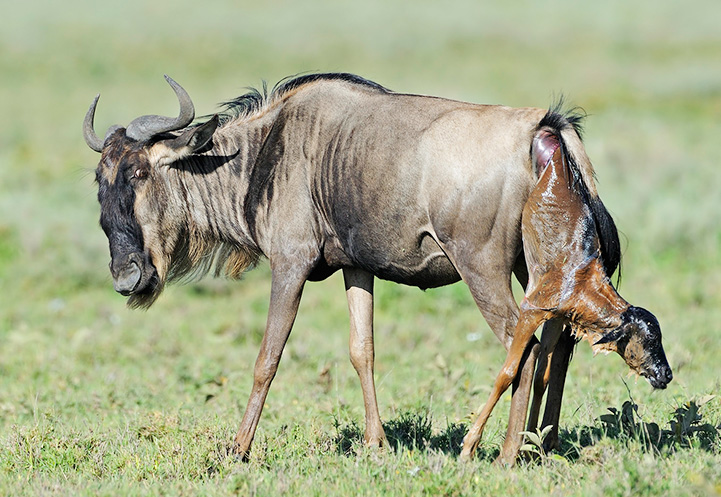
Between January and February, Tanzania’s Southern Serengeti becomes the birthing ground for the wildebeest calving season. Over 500,000 calves are born within a few weeks, making this one of the most intense wildlife events on the planet.
What Makes This Season Special?
-
The abundance of vulnerable young attracts large predators, including lions, cheetahs, and hyenas.
-
It’s an excellent opportunity for action-packed game viewing and dramatic photography.
-
The weather is warm and fairly dry, especially in the Ndutu area, making travel comfortable.
-
Fewer tourists than the peak months, meaning quieter lodges and better availability.
For those who want to witness the circle of life in its rawest form, the calving season offers a deep and powerful safari experience.
Long Rains Season (March – May): Off the Beaten Path
The long rains mark Tanzania’s true low season. From March through May, heavy rainfall hits much of the country. Many roads become difficult to navigate, and some lodges—particularly those in remote regions—close for maintenance.
But Is It Worth Visiting? Absolutely—for the Right Traveler.
-
Prices are at their lowest, making it the most budget-friendly time for a Tanzanian safari.
-
Dramatic skies and saturated landscapes offer incredible photography opportunities.
-
There’s a unique sense of solitude and exclusivity, as very few tourists visit during this period.
-
Birdlife is at its peak, with lush vegetation and nesting behavior on full display.
If you’re not deterred by a bit of rain and want a different kind of safari—one that’s rich in color, quietude, and intimacy—then the long rains season may surprise you.
Best Time for Birdwatching in Tanzania
For bird enthusiasts, Tanzania is a year-round destination. However, the prime birdwatching season runs from November through April, when migratory species from Europe and Asia arrive. Wetlands, lakes, and national parks teem with activity, offering chances to spot unique and rare species in action.
Key hotspots include:
-
Lake Manyara National Park – famous for thousands of flamingos and water birds.
-
Ruaha National Park – diverse landscapes hosting over 570 bird species.
-
Selous Game Reserve – home to vibrant wetland ecosystems.
If birding is your passion, consider combining a November safari with the tail-end of the dry season or the beginning of the short rains for optimal sightings.
When to Visit Zanzibar: Coastal Bliss and Post-Safari Relaxation
Tanzania isn’t just about the mainland safaris. Many travelers extend their journey to include a visit to Zanzibar, a semi-autonomous island off the coast of Tanzania known for its turquoise waters, historic Stone Town, and relaxed island vibes.
Best Times to Visit Zanzibar:
-
June to October: Dry, sunny, and pleasant—the perfect beach weather.
-
December to February: Also dry and hot, with excellent snorkeling and diving conditions.
-
Avoid March to May, when long rains affect both inland and coastal regions.
Zanzibar is the ideal post-safari destination to unwind after your wildlife adventure. Whether you’re diving among coral reefs or exploring Swahili architecture, timing your visit right ensures the best experience.
Choosing the Best Time Based on Your Safari Priorities
Every traveler has a different vision for their safari. Whether you’re chasing the Great Migration, looking for predator action, or hoping for an affordable getaway, here’s a quick guide to help:
| Interest | Best Time |
|---|---|
| General Game Viewing | June – October |
| Wildebeest Migration | July – September (river crossings) January – February (calving) |
| Birdwatching | November – April |
| Budget Safari | March – May (long rains) |
| Predator Encounters | January – February (calving) |
| Beach Holiday (Zanzibar) | June – October / December – Feb |
| Photography (Dramatic Skies) | March – May |
Final Thoughts: Tanzania Is a Year-Round Safari Destination
There is no single “best” time to visit Tanzania—it all depends on what you hope to experience. The dry season is perfect for first-time safari-goers wanting guaranteed wildlife sightings and ideal weather. Meanwhile, the green season offers a quieter, richer, and more affordable experience for those seeking something different.
At Traford Safaris Ltd, we specialize in tailoring safari adventures to meet your unique preferences and timing. Whether you’re drawn to the thunder of hooves during the Great Migration or the tranquil bird calls of a misty wetland, Tanzania has something magical waiting for you.
Let us help you plan the safari of your dreams—at the perfect time.

